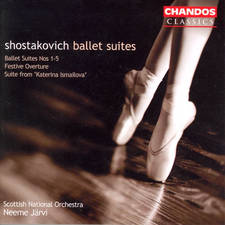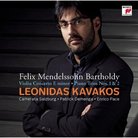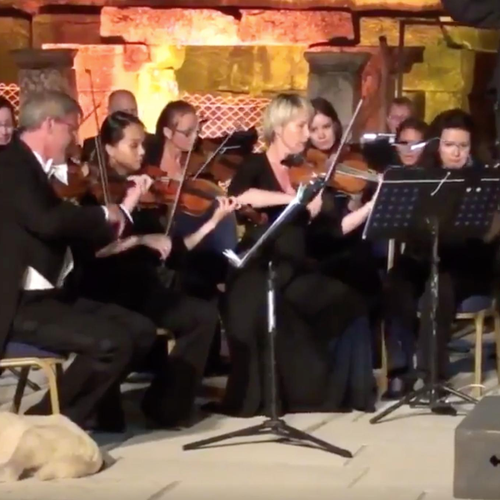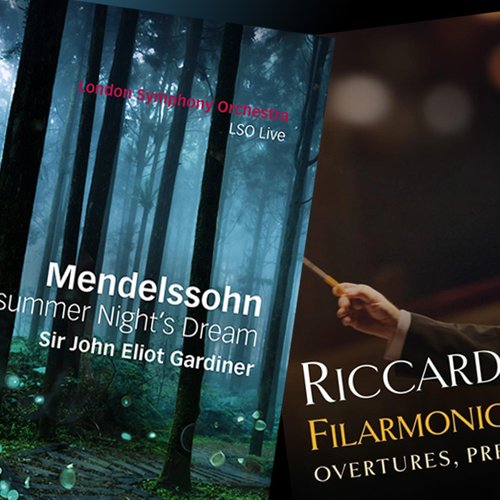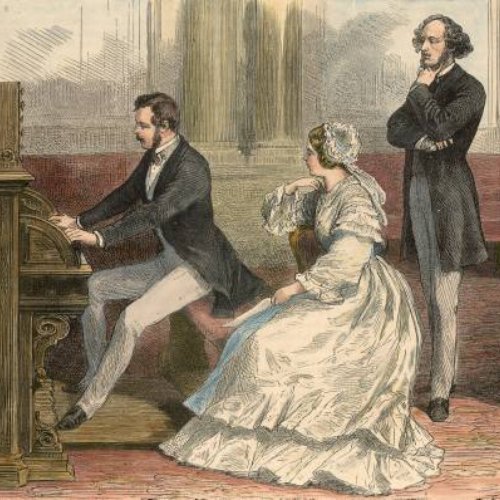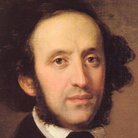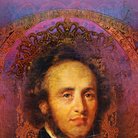Felix Mendelssohn: The Man
As well as music, he wrote eight thousand letters in three languages, and relaxed by writing poetry and painting. Mendelssohn was a true polymath.
Sir George Grove gives a vivid description of Mendelssohn in his Dictionary Of Music And Musicians: “In person Mendelssohn was short, not so much as 5 feet 6 inches high, and slight of build; in figure lithe, and very light and mercurial. His look was dark and very Jewish; the face unusually mobile, and ever varying in expression, full of brightness and animation, and with a most unmistakable look of genius.
"When he was playing extempore, or was otherwise much excited, [his eyes] would dilate and become nearly twice their ordinary size, the brown pupil changing to a vivid Berlin Sing-Akademie directed by Zelter, who came to the house twice a week for lessons in composition.
"He wrote some eight thousand letters in German, French and English, and possessed a vibrant literary style reminiscent of the best of Robert Schumann and Berlioz (eagerly sought out by autograph collectors, Mendelssohn’s letters are now dispersed worldwide).
"He was a skilled amateur poet, but his preferred, lifelong avocation was drawing and painting, in which he excelled in landscapes. After the death of his sister Fanny Hensel in May 1847, Mendelssohn found solace for a few months before his own death in black. His laugh was hearty, and frequent; and when especially amused he would quite double up with laughter and shake his hand from the wrist to emphasize his merriment.”
Much of Mendelssohn’s childhood was spent at the stately Berlin family residence of Leipzigerstrasse No.3 (after the Revolution of 1848, it served as the upper house of the German Parliament before being razed near the end of the century).
As a boy, the composer received a rigorous education from private tutors – one of his letters from 1821 discloses his academic routine at age twelve: six hours of Latin a week, lessons in arithmetic and Euclid, history, geography, and German conversation. With his sister Fanny he attended rehearsals of the Berlin Sing-Akademie directed by Zelter, who came to the house twice a week for lessons in composition.
Mendelssohn was happily married to Cécile Jeanrenaud, with whom he had five children. But in 1845, scarcely two years before his death, he met Jenny Lind, known as the “Swedish nightingale”, and along with musical audiences of the day, was swept away by her voice.
Speculation has raged that the two had a romantic liaison, and it has been reported that the English Musical Society possesses documents that substantiate this. Mendelssohn certainly crafted for her the soprano aria Here Ye, Israel in his oratorio Elijah, and he began composing an opera for her on the Lorelei legend, left unfinished at his death.
Lind did not sing Elijah until after Mendelssohn’s death, when she was instrumental in raising funds for the Mendelssohn Scholarship. Its first recipient was Arthur Sullivan.
